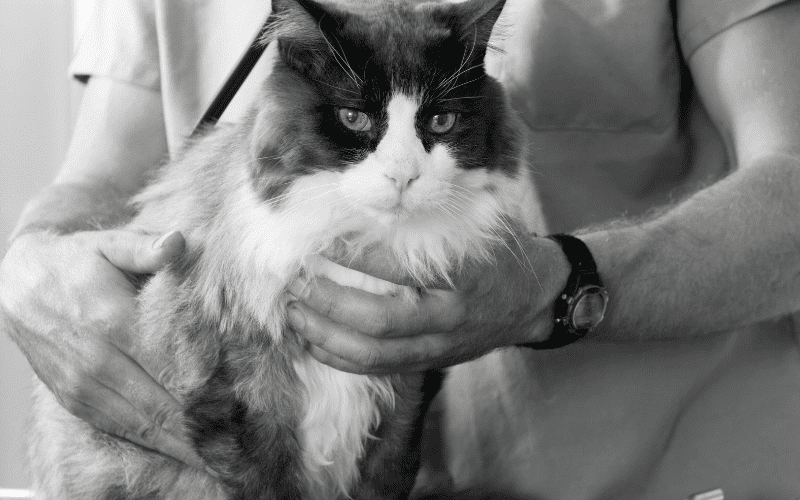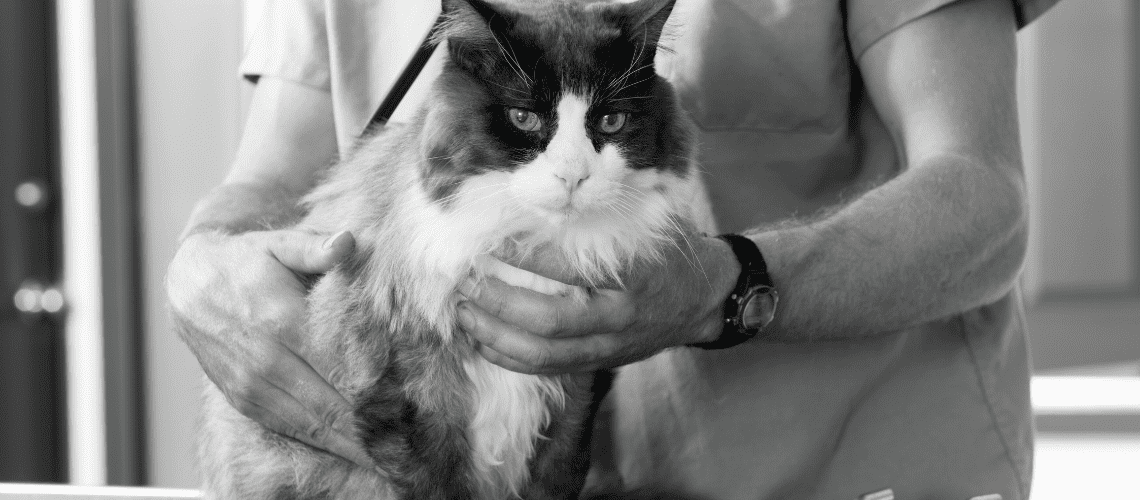How Standardized Preventive Care Protocols Improve Veterinary Practice Efficiency


It's no secret that the demand for veterinary care remains high, leaving many practices, including mine, struggling to find enough doctors to see all our clients. That leaves practice managers scrambling to get everything done. In my practice, when I suggest that we take time to create or update our preventive care protocols I know it's a big ask—but I know the investment will pay off.
Finding the Time, a groundbreaking study published in February 2023, found that with the limited ability to increase the number of doctors in the profession, productivity will need to increase by as much as 40%. To help deliver that change, the study proposes a Practice Productivity Index to assess where our practices are, and productivity levers, broken out into workflow, technology, and culture to help improve efficiency.
Elevate patient care without overwhelming staff. Learn how.
Given the limited resources most of us work with, we need to try to maximize return while minimizing effort. Within the workflow levers, the study found that standardizing clinic protocols, specifically starting with preventive care, requires relatively low effort compared to its impact, making it a good place to start.
Why Do You Need Standardized Protocols?
Some concepts in veterinary medicine are so important that they come up time and again. "Every patient, every time" is one I've heard at almost every conference I've visited in the last 10 years. It usually refers to the way standardized protocols allow us to deliver consistency of service no matter who the client is, or which doctor walks into the room.
In addition to improving the quality of care, knowing what should happen in every wellness appointment allows your team to operate more efficiently. From better scheduling to sharing the workload, you can help more patients, get clients in and out of the rooms on time, and improve your practice's overall profitability.
Leveraging Your Team
For most of us, doctor time is the limiting factor in our practices, and finding ways to maximize the number of patients they can see, without overloading them, is the only way we can increase throughput. Leveraging your technician team, to the maximum allowed by your state, takes some of the burden off the doctor team, and provides additional growth opportunities. In Finding the Time, the survey found 62% of practices indicated "technician appointments had a positive impact on productivity."
Clear workflow protocols, in which they are well-trained allows them to take on more responsibility, particularly in wellness visits:
- Prep ahead of the appointment: A technician should review the patient's chart before going into the room to identify all the required services, including any that are necessary in the next few weeks. Your team can then prepare the client, explaining the benefit of the proposed services and answering questions before the doctor meets the client.
- Capture all the services the first time: Do your doctors go back into the room multiple times? While that's going to happen with non-routine appointments, wellness care should only require one block of time from the doctor with a technician providing treatment once the doctor has completed their exam and confirmed services.
- Let the doctor move on: With clear protocols the doctor should have a more consistent amount of time in the room, allowing them to move on to another room after a shorter amount of time. Knowing how long your doctor will be in each routine appointment allows you to more tightly schedule appointments, striping routine and non-routine visits to give your doctor time to breathe between more complex cases.
Another team consideration: your team-to-DVM ratio. An unequivocal finding from the study is that improved doctor-to-support team member ratios increases efficiency—my experience in practice matches. It's also important to find the right team members for the right roles, so you can make sure you're leveraging your team appropriately. As you ask your tech team to do more, it takes more people to keep up, and if you don't have the right talent to take on this responsibility, your doctors might end up stepping in, undoing all the work you've done to alleviate and streamline their workload. The increased revenue from a more efficient practice should offset this cost.
Leveraging Technology
Standardized protocols should extend beyond your team members to the technology they use. Transferring work from your doctors to your technician team is one way to improve efficiency, but automating away some of the work has an even greater benefit. Most PIMS allow you to create workflows or templates that can be used to quickly create client treatment plans, saving time and making sure services are not missed. Preventive care could be a relatively low-effort place to start with these protocols.
Making the Change
With the possibility to increase patient throughput, while not undermining your practice's philosophy and standard of care, standardized preventive care protocols create huge opportunities for practices. And these benefits trickle down to other areas of your practice.
- Improved culture: This was another important productivity lever in Finding the Time. When roles are clearly defined and your team is empowered (like in technician-led appointments), your practice culture and morale improves, thus improving efficiency.
- Improved compliance: When clients hear a consistent message from your team on the right options for their pet, they can build trust in your team. Pet owners may pick up on inconsistencies in recommendations, especially in multi-doctor practices, and your documented protocols help to prevent that.
Making the changes requires input and buy-in from everyone. When I first floated the idea of improving efficiency with my team at our all-hands meeting, many team members were resistant. Just like most other veterinary teams, they felt that they were already stretched and didn't have much more to give.
Sharing the study helped my teams to understand the size of the problem that we are facing, and how the only way we can make things easier in the long run is to find ways to be more efficient and follow a consistent process. With standardized preventive care protocols comes greater automation, improved client understanding, and a more rewarding work environment for our teams.






